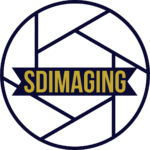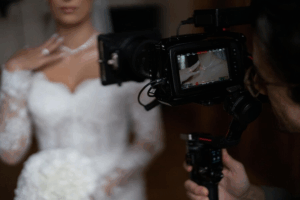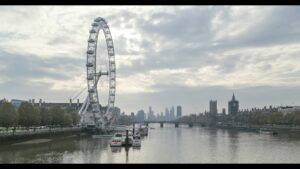Aerial cinematography has transformed the way stories are told on screen. By introducing height, motion, and drama, it creates breathtaking perspectives that traditional cameras can’t replicate. In this article, we explore how filmmakers use drones to enhance cinematic storytelling—from selecting equipment to planning shots and editing in post-production.
1. The Power of Aerial Shots in Storytelling
Aerial cinematography introduces a unique visual language. These shots establish setting, mood, and scale—contributing to the narrative beyond aesthetics. For example:
- Wide shots convey grandeur
- Top-down views evoke isolation or vulnerability
- Dynamic aerial movements add rhythm and emotional transitions
These visuals do more than impress—they deepen the viewer’s emotional connection with the story.
2. Choosing the Right Equipment for Cinematic Aerials
Selecting the right drone gear is vital for professional-quality footage. The essentials include:
- High-resolution cameras (4K+ with RAW capability)
- Advanced 3-axis stabilisation systems
- Interchangeable lenses for creative control
- Long battery life for extended shooting
At SD Imaging, we invest in cinema-grade drone systems engineered for world-class performance.
3. Planning Aerial Shots for Maximum Impact
Planning ensures aerial shots align with the film’s vision. This involves:
- Storyboarding emotional beats and transitions
- Scouting locations in advance
- Scheduling flights during golden or blue hour for ideal lighting
Early planning integrates aerial visuals as essential narrative tools—not just decorative extras.
4. Cinematic Aerial Techniques That Tell a Story
Each aerial movement serves a specific purpose. Popular techniques include:
- Tracking shots to build momentum
- Pull-backs to reveal scale or isolation
- Orbiting shots for tension or character focus
- Top-down views for symbolism or emotion
Used thoughtfully, these shots enhance atmosphere and guide the viewer’s emotional journey.
5. Post-Production: Where the Magic Happens
Post-production is where raw drone footage is transformed into cinematic brilliance. This stage includes:
- Colour grading to match the overall tone
- Stabilising footage to eliminate minor shake
- Speed adjustments for dramatic effect
- Seamless blending with ground-level scenes
SD Imaging provides complete post-production services to ensure aerial footage integrates naturally with the rest of your film.
6. Safety, Permissions, and Legal Compliance
Professional aerial filming must follow legal protocols. In the UK, this means:
- Holding a valid CAA certification
- Completing risk assessments and site surveys
- Adhering to airspace, privacy, and safety laws
SD Imaging handles all compliance requirements, allowing clients to focus on creativity.
7. Aerial Cinematography in Action: Real-World Applications
Aerial shots are used across a variety of film genres:
- Feature Films: For landscapes, transitions, or epic tone-setting
- Documentaries: To show natural terrains, cultural settings, or scale
- Commercials: For real estate, tourism, and product shots
- Music Videos: To build drama and dynamic energy
Aerial cinematography adds visual impact to every type of storytelling medium.
Final Thoughts: Taking Your Story Above and Beyond
Aerial cinematography blends technology with artistry, providing a dramatic expansion of what’s possible on screen. At SD Imaging, we help filmmakers create compelling visuals that lift their narratives to new heights. Whether you’re crafting an indie drama or a commercial piece, aerial footage can define tone, pace, and emotion in powerful ways.
FAQs
1. What type of drones are best for cinematic filming?
Cinema-grade drones such as the DJI Inspire 3 or Freefly Alta X, featuring RAW capture and advanced gimbals.
2. Do you need a licence to film aerial content in the UK?
Yes. All commercial drone operators must be certified by the CAA and comply with relevant regulations.
3. Can aerial footage be combined with ground camera work?
Certainly. With proper planning and colour grading, aerial shots seamlessly integrate into cinematic edits.
4. How long does an aerial shoot take?
It varies. Some scenes require only a few hours; others, especially on location, may take multiple days.
5. What does SD Imaging’s aerial cinematography service include?
Everything from concept development and location scouting to licensed drone flying and full post-production editing.



